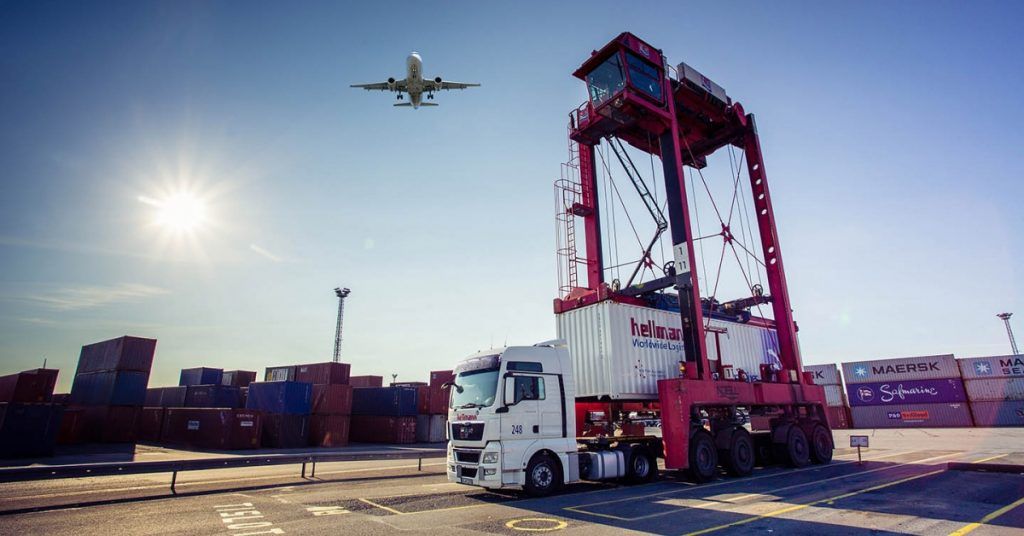The Ministry of Finance and Public Credit (SHCP) of Mexico issued a document in which it answers 44 general and frequent questions about the bill of lading complement (Carta Porte).
Now, the first four questions and their respective answers are shown below.
Who is obliged to issue an electronic invoice (Digital Tax Receipt by Internet) with a Carta Porte complement?
Companies or individuals that provide transportation services for goods and/or merchandise using their vehicles must issue an electronic receipt-type invoice with a Carta Porte complement.
If you are the owner of the vehicles and the goods and/or merchandise that are transported in them, you must issue an electronic transfer-type invoice with a bill of lading complement.
The intermediary or transport agent, who provides logistics services for the transfer of goods and/or merchandise, or has a mandate to act on behalf of the client, must issue an electronic transfer-type invoice with a Porte Letter complement when the transfer is carried out by own means.
In the event that they do not do so with their own vehicles and contract the service with a third party, the latter will be obliged to issue the electronic invoice of the income type with the Carta Porte complement.
Bill of lading
If you transport goods and/or merchandise in a local area, using light cargo vehicles with characteristics less than those of a “C2” type truck, in accordance with the provisions of NOM-012-SCT-2-2017, you are not required to issue an electronic invoice of the entry or transfer type with a bill of lading complement, provided that the journeys do not travel through any section of federal highway greater than 30 kilometers.
Basis: Articles 29 and 29-A of the CFF, rules 2.7.1.8., 2.7.7.1., 2.7.7.2., 2.7.7.3., 2.7.7.4., 2.7.7.5., 2.7.7.6., 2.7.7.7 ., 2.7.7.8., 2.7.7.10., 2.7.7.11. and 2.7.7.12. of the RMF by 2022.
What is an electronic invoice of income type with Carta Porte complement?
It is an electronic invoice whose objective is to express the receipt of the income that is received for the provision of transport services and to which the information of the Carta Porte complement can be incorporated.
In this type of receipt, the transfer of taxes must be broken down.
Basis: Articles 29 and 29-A of the CFF, 1 and 1-A VAT Law, 3 section II of the RLIVA, rules 2.7.1.8. and 2.7.7.1. of the RMF by 2022.
What is an electronic transfer-type invoice with a Carta Porte complement?
It is an electronic invoice issued by the owner of the goods and/or merchandise when they make the transfer with their own vehicles, to which the information of the bill of lading complement must be added to prove the transport in national territory.
Basis: Articles 29 and 29-A of the CFF, rules 2.7.1.8. and 2.7.7.2. of the RMF by 2022.
What is the Carta Porte complement?
It is the electronic format of the Bill of Lading established by the Secretariat of Infrastructure, Communications and Transportation (SCT) to carry out the transfer of goods and/or merchandise in national territory for freight transport; It also acts as an air, sea or rail cargo manifest, bill of lading, among others.
Said format is understood as a set of data or information on the goods and/or merchandise, locations (origin and destination), as well as the vehicle or the different means of transport, which are incorporated into an electronic invoice of the transfer or income type. with Carta Porte complement.
Basis: Articles 29 and 29-A of the CFF, rules 2.7.1.8., 2.7.7.1., 2.7.7.2., 2.7.7.3., 2.7.7.4., 2.7.7.5., 2.7.7.6., 2.7.7.7 . and 2.7.7.8. of the RMF by 2022.
![]()

